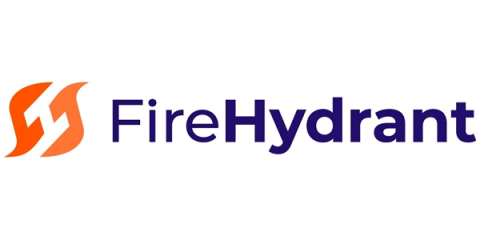Operations | Monitoring | ITSM | DevOps | Cloud
Incident Management
The latest News and Information on Incident Management, On-Call, Incident Response and related technologies.
SREview Issue #9 January 2021
Working with Teams in SIGNL4
Top Reliability and Scaling Practices from Experts at Citrix, Greenlight Financial, and Incognia
OnPage Recognized in Gartner's Market Guide for Emergency Mass Notification Solutions
Gartner’s Market Guide for Emergency Mass Notification Solutions (EMNS) is a trusted report for security and risk management leaders. It provides insight into effective crisis communication procedures and identifies solutions that help perfect emergency management plans. The EMNS Market Guide has a large, loyal readership in several industries including, state and local government, healthcare, IT support and higher education.
Best Practices for Incident Management: A Checklist
If productivity is the engine that helps optimize how a business operates then being proactive is the oil and knowing how to effectively maintain productivity is regularly checking and replacing said oil. Whenever a service outage occurs it throws a wrench into the whole process and can put an entire organization in flux, mainly because the outage.
The True Cost of Building your Own Incident Management System (IMS)
Incident Communications With Alina Anderson
Incidents happen. They’re disruptive, they can be stressful, and if they aren’t managed well, they can cause chaos on your team. How your team manages incidents is only half the battle. How you let other stakeholders know what is going on is the other half. Alina Anderson from Smartsheet joined the Community team in our booth this year at PagerDuty Summit to talk about Incident Communications, and we’ve shared that conversation as an episode of our Page It to the Limit podcast.
What's in store for IT Ops in 2021? Top execs from leading enterprises share their predictions
2020 is (finally) over, and it’s safe to say that this very challenging year taught us once again that (as the old Danish proverb says) it’s difficult making predictions, especially about the future. Who would have imagined in January 2020 that we would find ourselves where we are today… And yet, as Tim Harford once wrote in the Financial Times, predictions are like Pringles: nobody thinks that there’s any great virtue in them but we find them hard to resist.
A look back at 2020
2020 was, needless to say, not the best. Looking on the brighter side, in December, FireHydrant turned 2, and in spite of it all, we grew quite a bit. We raised our $8M Series A in May, our team grew nearly 4x in size, added some amazing features such as making FireHydrant Runbooks even more powerful with conditions, and great integrations, which you can find here. But even better, we got to work with all of you!











